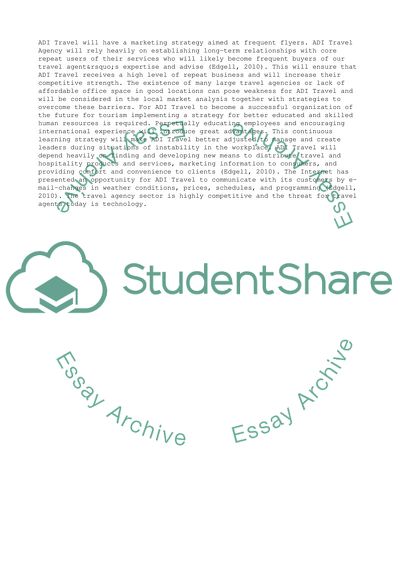Cite this document
(The Financial Support for the Development of the Tourism Business Research Paper, n.d.)
The Financial Support for the Development of the Tourism Business Research Paper. Retrieved from https://studentshare.org/business/1746925-strategic-plan
The Financial Support for the Development of the Tourism Business Research Paper. Retrieved from https://studentshare.org/business/1746925-strategic-plan
(The Financial Support for the Development of the Tourism Business Research Paper)
The Financial Support for the Development of the Tourism Business Research Paper. https://studentshare.org/business/1746925-strategic-plan.
The Financial Support for the Development of the Tourism Business Research Paper. https://studentshare.org/business/1746925-strategic-plan.
“The Financial Support for the Development of the Tourism Business Research Paper”, n.d. https://studentshare.org/business/1746925-strategic-plan.


